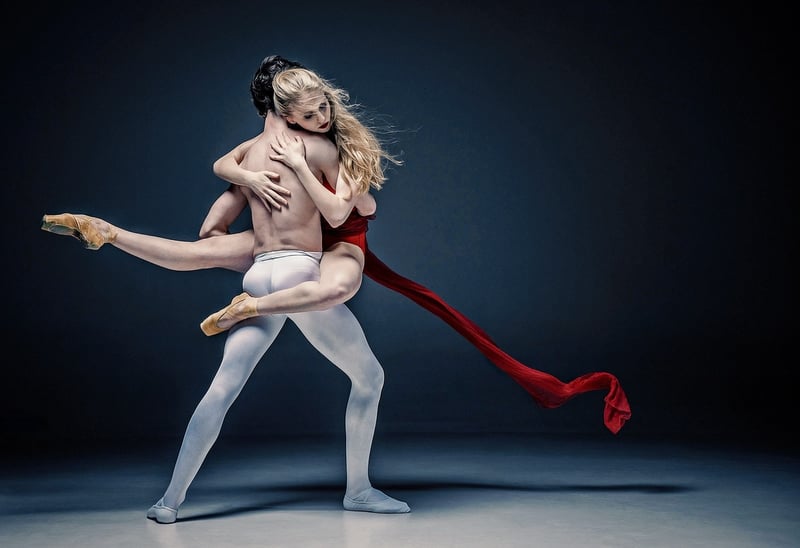Salsa
#Creativity
#Coordination
#Endurance
The Art of Expressive Movement in Salsa Dancing

Salsa dancing is not just about following a set of steps; it's a form of expressive movement that allows dancers to convey emotions, tell stories, and connect with their partners on a deeper level. Incorporating expressive movement into salsa can elevate the dance from a series of movements to a captivating performance.
Key Elements of Expressive Movement in Salsa:
- Body Isolation: Salsa dancers use body isolation techniques to move different parts of their body independently, adding fluidity and grace to their movements.
- Facial Expressions: Expressive facial expressions help convey the emotions of the music and the story being told through the dance.
- Connection with Partner: Establishing a strong connection with your dance partner through eye contact, body language, and shared energy enhances the overall performance.
- Emotional Interpretation: Interpreting the music and lyrics emotionally allows dancers to infuse their movements with passion, joy, or intensity, depending on the song.
Tips for Incorporating Expressive Movement into Your Salsa Dancing:
- Practice Mindfulness: Be present in the moment, feel the music, and let your emotions guide your movements.
- Study the Music: Understand the rhythm, melody, and lyrics of the songs you dance to, so you can express the music through your movements.
- Take Dance Classes: Attend classes that focus on musicality, expression, and connection in salsa dancing to improve your skills.
- Experiment with Different Styles: Explore various salsa styles like Cuban, New York, or LA style, each offering unique opportunities for expressive movement.
Remember, salsa dancing is not just about technical proficiency but also about expressing yourself and connecting with your partner and the music. So, next time you hit the dance floor, let your emotions guide your movements and tell a story through the art of salsa!
Keep dancing, keep expressing, and keep the salsa spirit alive!
